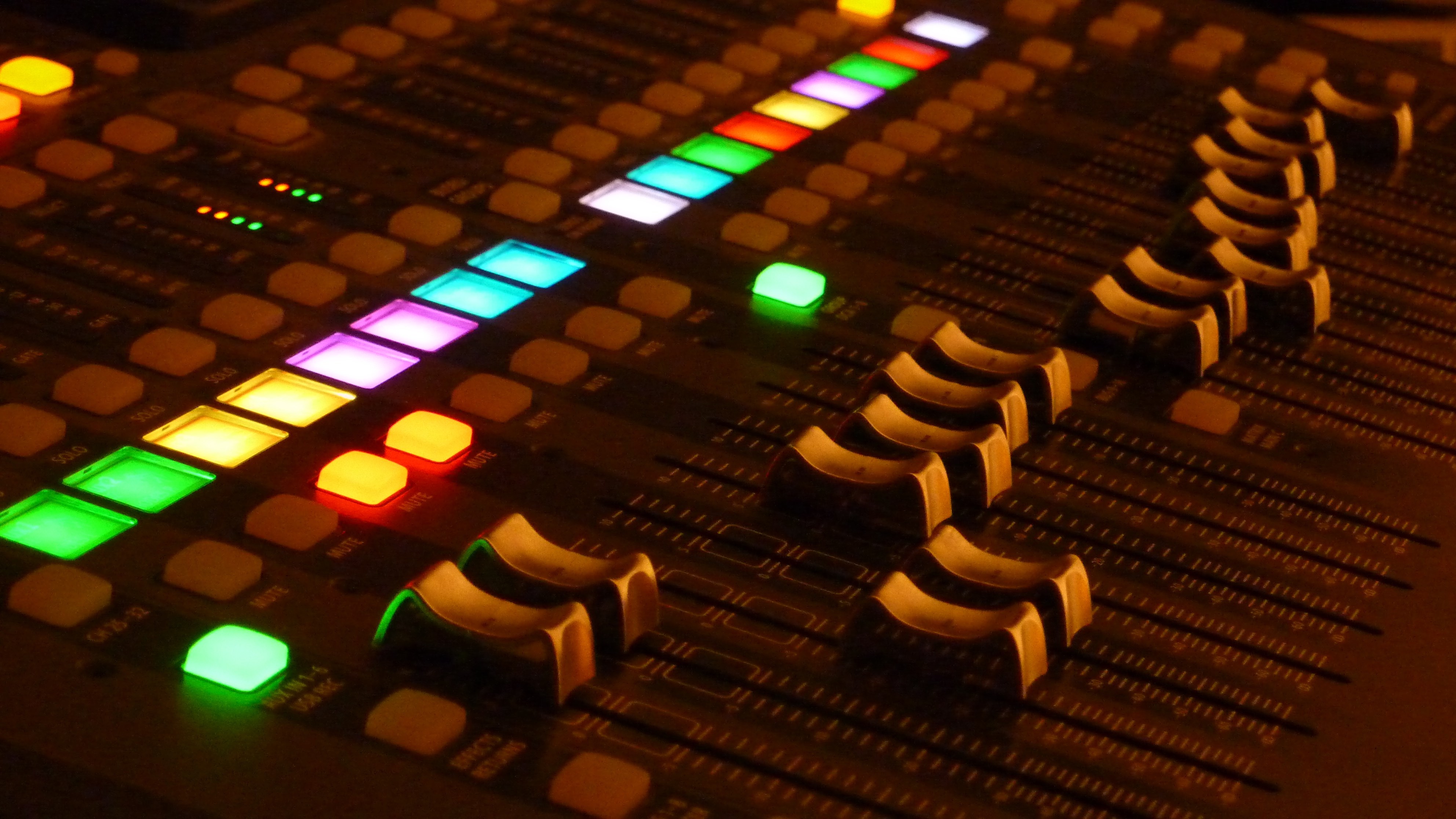SCENES & SNIPPETS Platform
Categories NEWS Newsletter #6
Newsletter #6
X32userconfigs - NEWS #6
6. February 2022
Dear X32-, M32-User,
Infos and news are quite a few and want to go out into the world ;)
This time it's about the easy entry into InEar-monitoring in the XM32 world!
Have fun and benefit from it!
InEar-Monitoring in X32 World (Feb. 2022)
Why InEar monitoring?
- For better own monitor sound
(it’s stereo(!), individual mix, where any
desired signal can be levelled at will)
- For better hearing protection
(less volume necessary for the desired sound)
- For a lot better FOH sound
(since every monitor wedge on stage less, reduces
boominess for the listeners, especially in smaller locations)
- For enabling a more ‘tight’ play and sync of the whole band
(every instrument or voice I’m directly perceiving in my ear, without any delay,
and I’m hearing it well, if I want to ...)
- For essentially more continuity in monitor sound, independent of locations
- For a definitely more easy and faster soundcheck
- For less speakers, weight and transport volume
InEar monitoring too expensive...!?
When I was thinking of InEar-monitoring there quickly came an amount of 500€ per wireless unit to my mind,
plus expensive earpieces, in wired topology a mandatory multi-channel headphone amp, that had to be organized,
plus suitable ear-plugs.
There is however a surprisingly simple and cost-efficient solution to start with InEar monitoring in your band,
especially if you are starting wired, eventually changing to wireless later on.
3 "Traps"
Lets look at three pitfalls some are tapping in when stepping into InEar world:
- Using one single mixing-bus per InEar-Mix, i.e. the monitor mix coming mono only. Since this is completely
unnatural for our hearing to receive exactly the same signal on both ears, this quickly leads to hearing fatigue.
Listening mono indeed is not a pleasure, since it sounds one-dimensional and narrow.
- InEar-Mix is “dry”, meaning it does not contain reflexions of a natural space. This is leading to the so-called
In-Head-Localisation (IHL) und premature listening fatigue also.
From experience, even if the monitor mix is in stereo, but does not contain space information, human hearing
‘quits’ continuously trying to ‘calculate’ the missing space information to the signal after 1-2 hours.
Musicians then tend to accuse the sound technician for having changed something drastically…
But he is not to blame!
Our hearing is used to perceive reflexions of sidewalls and ceiling as a natural space. With these missing
it could happen that the InEar monitoring sound experience is rated worse than with a conventional monitor wedge
but naturally perceived and used to reflexions from the room!
- Reading ads and forums one often finds, that for wired InEar monitoring additional Headphone amps are obligatory.
The simple and good news: No, they are not!
Using common InEars, like the Sennheiser IE40 or others with impedances of typically 20Ω or less, you can directly
plug into the X32-system outputs, if XLR or TRS, if directly from the console or from the digital stageboxes
S16, S32, SD16, SD8, DL16, DL32… there is more than enough volume available!
A passive beltpack PM1 whith level adjust, strapped to your belt, InEars plugged in and off you go!
Yes, the PM1 is “only” a simple passive voltage divider, a 1kΩ-potentiometer, applying 1kΩ parallel
to the 20Ω of the hearing device when turned completely to the right.
In this position there is absolutely no sound influence from this device, since the earpiece is directly
connected to the X32 outs.
Reducing volume by rotating to the left, the now inserted resistor (think of a voltage divider)
is increasing continuously.
Depending on InEar earpiece technology this can lead to slight coloration at higher damping factors
(higher inserted resistance). But at a range of 3-6dB, which you need as reserve in live application,
you won't even hear a hint of it!
Isn’t that really cool?
No transmitter needed,
no headphone amp,
no batteries, you have to think about or pollute environment with…,
no additional noise,
simple and cost-effective solution,
für stationary keyboarders and drummers a must-have and for all
others a phantastic entry into the InEar world!
An InEar set for one musician, starting from console or stagebox out, could look like this:
- Y-cable: 2x XLR fem to 1x XLR male 16€
- Mic/Line-cable XLR sym., 10m 26€
- Beltpack adapter Behringer PM1 29€
- InEar headset Sennheiser IE40 Pro 93€
164€
Any objections that this would not be affordable for everyone
seriously involved in making music!
OK, you’re right. Something is missing:
The infrastructure for those stereo InEar mixes plus space
information…
Lets say, the band is consisting of 7 musicians.
Then we need exactly one X32 Rack as system extension
for an already existing setup of X32 or X32 Compact with
stageboxes.
14 busses (incl. activated limiters as hearing protection!!)
are used for those 7 stereo InEar mixes, one (bus 15) for space
simulation and bus 16 routed to a stereo-chorus effect for enhancing
and enriching acoustic guitars, Rhodes, vocals as desired.
With a connected WiFi router, preferredly working in the slightly
calmer 5GHz range, the complete monitor mix then is happening on
the X32 Rack, completely independent of the FOH mix!
Each of the 7 musicians is able to taylor his or her individual sound
with an own smartphone or tablet.
BackesBand from Cologne (BackesBand.de) has been applying exactly this
concept of extending their system with an X32 Rack.
For details and features, that also are improving FOH sound intensely,
we will be talking in NEWS #7!
Til then
Gerson




